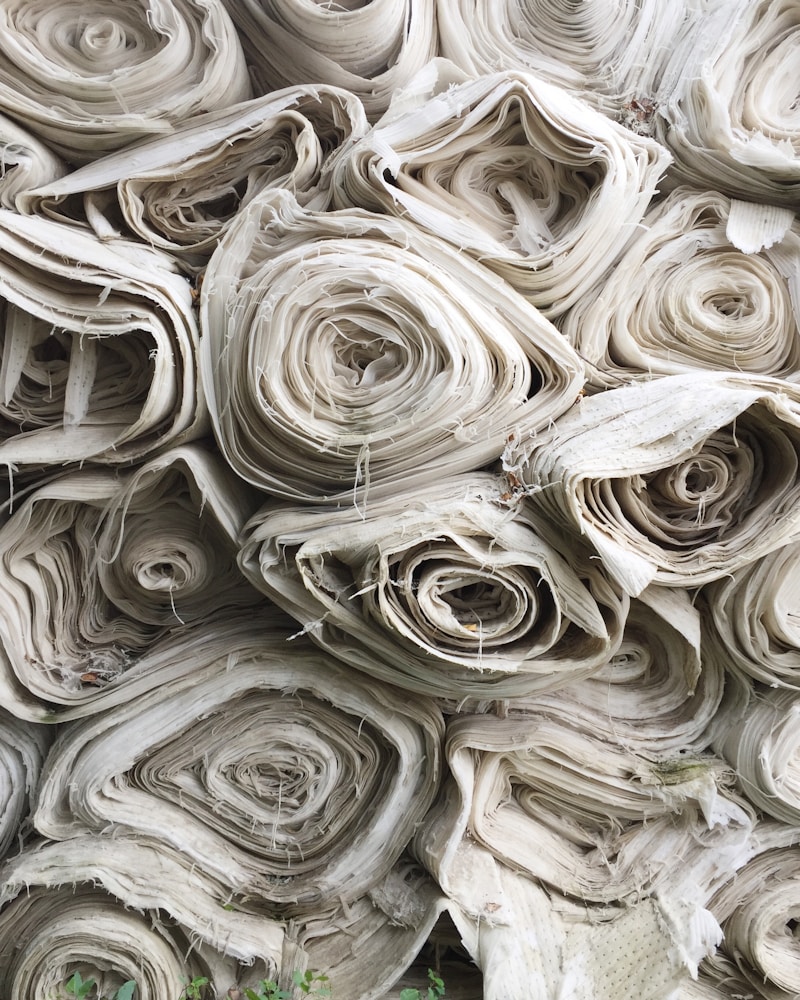Understanding Fabric and Fit: A Comprehensive Guide to Choosing the Right Clothing for You
Introduction
When it comes to fashion, one of the most crucial aspects that often gets overlooked is fabric and fit. Choosing the right fabric and ensuring that it fits well can dramatically affect not only how you look but also how you feel. This comprehensive guide will delve deep into the understanding of fabric and fit, helping you to make informed choices when selecting your clothing.
The Importance of Fabric
Fabric is the foundation of any garment. The right fabric can enhance your style while offering comfort, durability, and breathability. Here are some key factors to consider:
| Fabric Types | Characteristics |
| Cotton | Soft, breathable, and versatile; suitable for casual wear. |
| Wool | Warm, insulating, and perfect for winter; often used in suits. |
| Silk | Luxurious, smooth, and elegant; commonly used for evening wear. |
| Polyester | Durable, wrinkle-resistant, and affordable; often used in blends. |
| Linen | Lightweight, breathable, and perfect for warm weather; tends to wrinkle easily. |
| Denim | Durable and versatile; used in a variety of styles from jeans to jackets. |
Choosing the Right Fabric for Different Occasions
Different events call for different types of fabric. When selecting your attire, consider the occasion:
- Casual Outings: Opt for cotton or linen for comfort and breathability.
- Business Meetings: Wool suits offer professionalism along with warmth.
- Formal Events: Silk is ideal for a sophisticated and elegant look.
- Outdoor Activities: Polyester blends are great for durability and moisture-wicking.
The Role of Fit in Fashion
Fit refers to how well a garment aligns with your body shape. An optimal fit not only enhances your appearance but also affects your mobility and comfort. Here are the primary fits you should be aware of:
- Tailored Fit: Clothing is customized to contour the body, providing a sleek appearance.
- Relaxed Fit: Offers more room for comfort, suitable for casual wear.
- Regular Fit: A balanced fit that’s neither too tight nor too loose, perfect for everyday wear.
- Oversized Fit: Trendy choice that allows for freedom of movement and layering.
Measuring for the Perfect Fit
To achieve the right fit, take accurate measurements of your body. Use a measuring tape to get your:
- Chest: Measure around the fullest part of your chest.
- Waist: Measure around your natural waistline.
- Hips: Measure around the fullest part of your hips.
- Inseam: Measure from your groin to the desired pant length.
These measurements will provide you with a better idea when trying on different styles and brands.
How Fabric Affects Fit
Not all fabrics behave the same way when it comes to fit. For example, stretchy fabrics like spandex allow for more flexibility and movement, which can make a fitted garment more comfortable. In contrast, stiffer fabrics may require precise tailoring to achieve the desired silhouette.

Common Fit Issues and Solutions
Even with the right measurements, issues can still arise with fit. Here are some common problems and how to rectify them:
- Too Tight: If a garment feels constricting, consider sizing up or looking for fabrics with more stretch.
- Too Loose: Tailoring may be necessary for items that are baggy. Similarly, wearing cinching accessories like belts can help define the waist.
- Long Hemlines: If your pants or skirts trail on the ground, alterations should be made for the best look.
Conclusion
Understanding fabric and fit is essential for creating a stylish and functional wardrobe. Knowing the different types of fabric and how they influence fit can help you make informed decisions that enhance both your appearance and comfort. Always remember to consider the occasion, your body shape, and the way fabric behaves when making selections. Consider having a knowledgeable tailor or stylist available for adjustments, as even small changes can create a significant impact.
Ultimately, the right fabric and fit can elevate your wardrobe, allowing you to express your personal style confidently. Always prioritize comfort alongside aesthetics, as this balance will enable you to feel great in every outfit.
Suggestions: Keep a fabric swatch book to test out different textures and fits next time you shop. This will help you learn how different materials feel on your body and assist in finding the perfect fit!